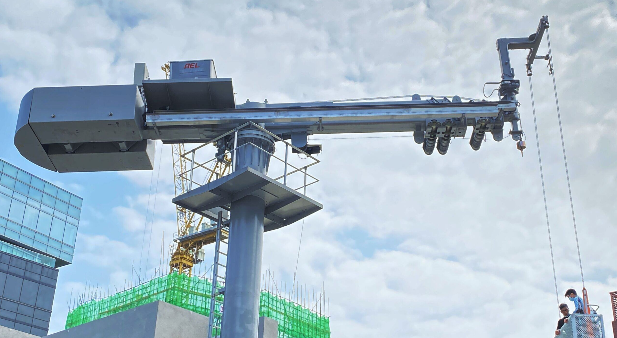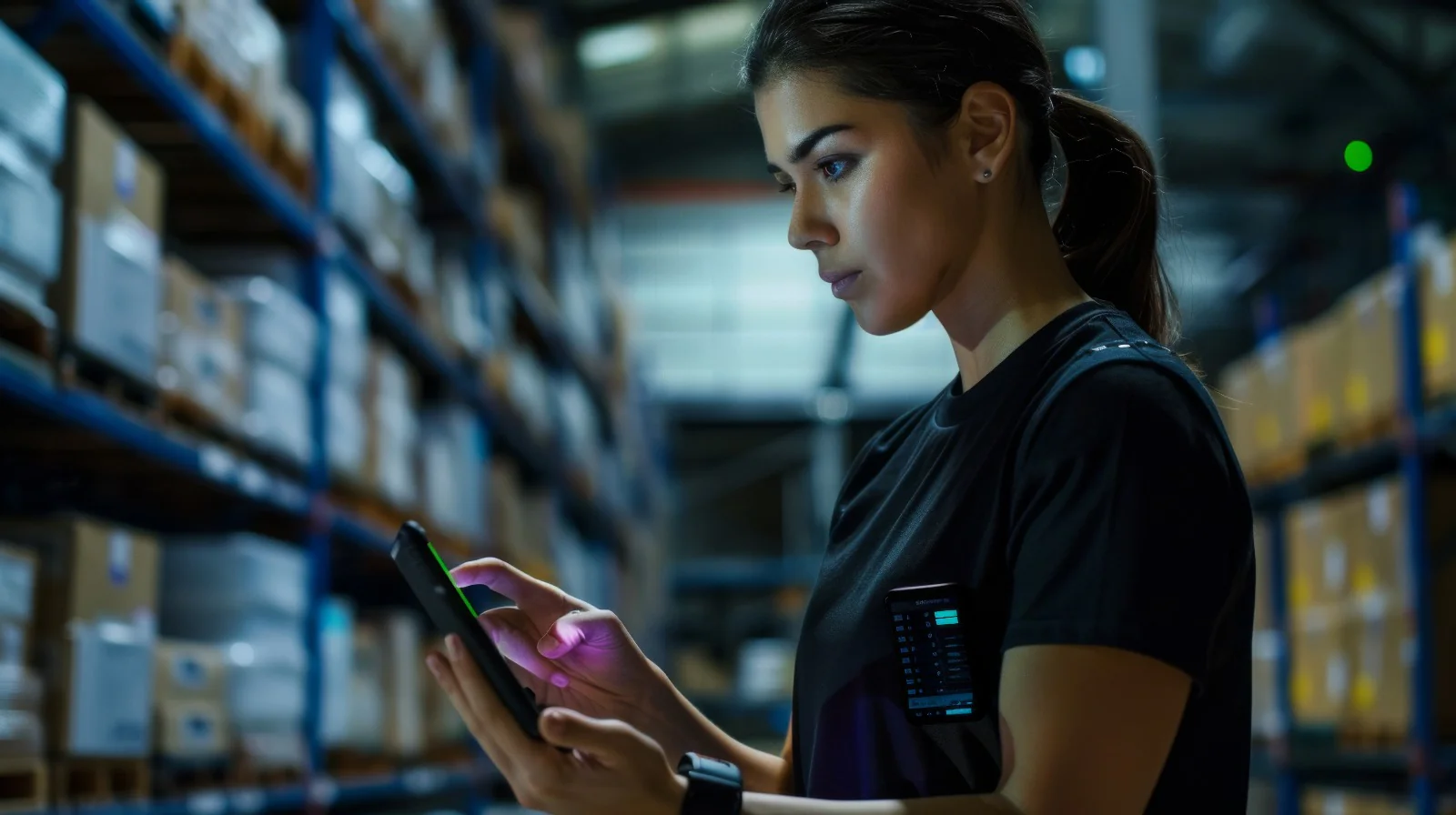Modern buildings are evolving far beyond traditional concrete and steel structures. Today, they are becoming intelligent, responsive environments powered by real-time data and interconnected systems. At the heart of this transformation lies the IoT smart building solution—a convergence of innovation, automation, and sustainability that is redefining how we manage and interact with the spaces we occupy.
As global demands rise for energy efficiency, environmental responsibility, and operational excellence, smart building technology emerges as a powerful answer. Whether it’s a corporate office, shopping mall, healthcare facility, or residential complex, the ability to control and optimize building operations through intelligent systems is no longer a luxury—it’s a necessity.
Understanding IoT Smart Building Solutions
An IoT smart building solution refers to the integration of Internet of Things (IoT) technology with building management systems (BMS) to enable intelligent monitoring, control, and automation of various operational aspects. These include lighting, HVAC (heating, ventilation, and air conditioning), energy consumption, water usage, occupancy, security, and more.
By embedding smart sensors and connected devices into building infrastructure, facility managers can gather vast amounts of data and turn it into actionable insights. This not only enables better decision-making but also ensures greater comfort, safety, and sustainability for occupants.
The core strength of an IoT smart building solution lies in its ability to provide real-time visibility into operations while enabling remote control and predictive maintenance, dramatically reducing manual oversight and operating costs.
Key Benefits of IoT Smart Building Solutions
Energy Efficiency and Sustainability
Smart buildings are designed to consume less energy without compromising on occupant comfort. IoT devices monitor usage patterns and environmental conditions to adjust lighting, temperature, and equipment runtime automatically. This leads to reduced carbon emissions and energy bills, aligning with green building certifications and environmental goals.
An intelligent IoT smart building solution can identify energy waste in real time and offer insights for corrective action, making sustainability a measurable and manageable objective.
Predictive Maintenance and Cost Reduction
One of the most transformative features of IoT technology is its ability to predict equipment failure before it occurs. Sensors monitor the performance of elevators, HVAC units, plumbing, and other systems. When anomalies are detected, alerts are sent automatically, enabling technicians to address the issue before it becomes costly or disruptive.
This predictive maintenance approach extends the life of equipment, reduces downtime, and significantly cuts maintenance costs—a win-win for building owners and tenants.
Enhanced Occupant Comfort and Safety
Comfort and safety are top priorities in any building. An IoT smart building solution can automatically adjust lighting and HVAC based on occupancy, time of day, or personal preferences. Smart access control systems and AI-driven surveillance also boost security by providing real-time threat detection and response.
Additionally, air quality sensors help maintain a healthy indoor environment by managing ventilation, reducing allergens, and improving overall well-being for occupants.
Data-Driven Decision Making
Facilities managers can make more informed decisions using dashboards that consolidate real-time and historical data. Whether it’s optimizing space usage, reducing energy costs, or analyzing occupant behavior, data insights provided by an IoT smart building solution empower leaders to implement evidence-based strategies that enhance performance.
Core Components of a Smart IoT Building Management System
To deliver these benefits, a smart building must be equipped with the right technologies and infrastructure. Key components include:
Smart Sensors and IoT Devices
These are the eyes and ears of a smart building, continuously collecting data on temperature, occupancy, humidity, motion, energy consumption, and more.
Cloud and Edge Computing
Collected data is sent to the cloud or processed at the edge to enable real-time responses, automation, and long-term analytics. This distributed computing model ensures fast, reliable performance across large facilities or multiple locations.
Automation and AI Integration
AI-powered algorithms analyze patterns and anomalies to trigger automated actions, such as turning off unused lights, alerting for unusual activity, or adjusting HVAC output.
Secure Data Management
Security and privacy are vital. A robust IoT smart building solution includes encrypted data transmission, role-based access controls, and compliance with data protection regulations such as GDPR to ensure user trust and system integrity.
How IoT Smart Building Solutions Transform Facility Management
Managing a building used to mean responding to issues after they happened. With IoT, the paradigm shifts to proactive, real-time management. Facility managers now have 24/7 visibility into every operational aspect of their building from a central dashboard, allowing for instant response and automation.
For example:
- If a room is unoccupied, lighting and HVAC systems automatically shut down.
- Leak detectors send alerts before water damage occurs.
- Occupancy data helps businesses optimize space usage and redesign layouts.
These capabilities are especially powerful in multi-site portfolios, where IoT integration allows centralized monitoring and coordination across all locations—saving both time and money.
Why Businesses Should Invest in IoT Smart Building Solutions
The return on investment (ROI) for implementing a smart building solution is both immediate and long-term. Lower energy bills, reduced maintenance costs, and extended equipment life are direct financial benefits. But beyond cost savings, smart buildings also contribute to:
- Environmental, Social, and Governance (ESG) initiatives
- Corporate sustainability reporting
- Improved brand perception
- Enhanced tenant and employee satisfaction
Businesses also gain a competitive edge by being ahead of regulatory changes and future-proofing their infrastructure. As more stakeholders demand green and efficient spaces, embracing an IoT smart building solution becomes a strategic move—not just a technical one.
Choosing the Right IoT Smart Building Solution Provider
When selecting a provider, businesses should look for:
- Innovative technology with proven performance
- Customizable solutions that fit their building type and industry
- Data security standards in line with international compliance frameworks
- Responsive support and scalable platforms
Advancer Smart Technology (AST) exemplifies these qualities. Their IoT smart building solution integrates real-time monitoring, predictive analytics, and AI to transform facility operations from the ground up. With a focus on customization, sustainability, and data security, AST ensures that every solution delivers measurable outcomes.
AST’s commitment to GDPR compliance, encrypted data handling, and eco-conscious innovation positions them as a trusted partner for businesses looking to modernize their operations without compromising privacy or values.
Takeaway
A smart building is no longer a futuristic concept—it’s a present-day necessity. As demands for efficiency, safety, and sustainability continue to grow, an IoT smart building solution offers the tools to not only keep up but stay ahead.
From real-time monitoring to predictive maintenance and sustainable energy management, IoT-enabled systems are redefining how buildings operate. The shift toward smart building technology is not just about automation—it’s about unlocking the full potential of spaces to support human needs, reduce environmental impact, and drive business success.











